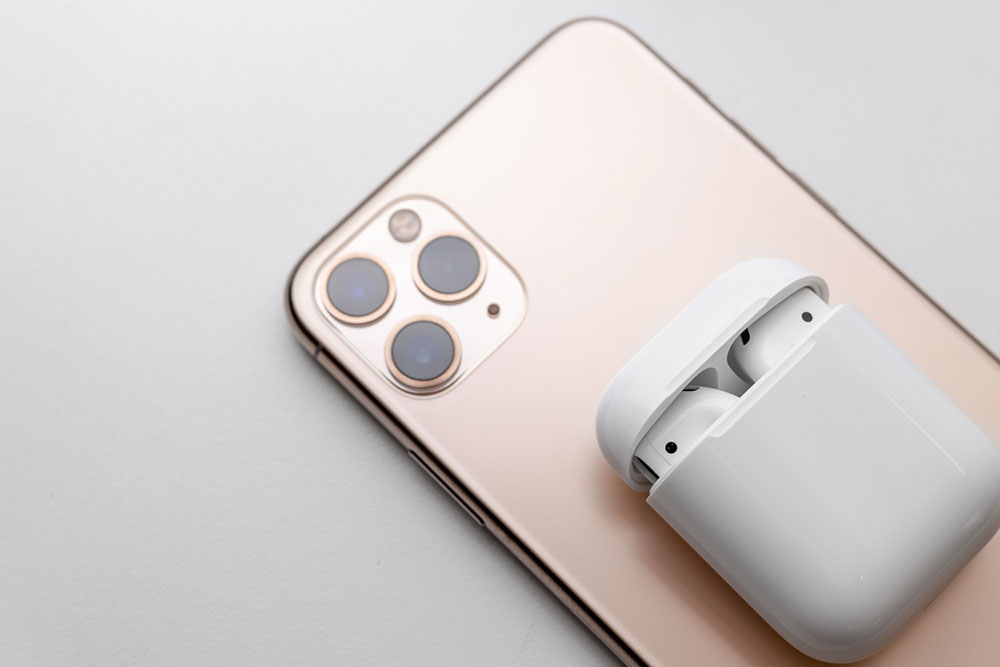8 Key Features of the iPhone 15 Series to Consider

The iPhone 15 series is a testament to Apple’s relentless pursuit of excellence in mobile technology. Building on the successes of the iPhone 14, these new models bring many innovative features and improvements that promise to elevate the user experience. This highly anticipated launch has promised users a host of innovative features. With each model poised to offer a plethora of benefits, the iPhone 15 series stands as one of the most sought-after purchases during the upcoming Black Friday sale.
Design and display
The iPhone 15 series exhibits a refined and ergonomic design. The seamless integration of glass and aluminum not only lends a premium feel but also ensures durability. The introduction of Ceramic Shield technology further fortifies the front cover, providing industry-leading drop performance. Each model comes with its unique display specifications. The iPhone 15 boasts a 6.1-inch Super Retina XDR OLED display, providing vivid colors and deep blacks. The Pro models, however, take it a step further. The iPhone 15 Pro features a 6.1-inch ProMotion XDR display with ProMotion technology, offering a 120Hz refresh rate for smoother scrolling and fluid animations. On the other hand, the iPhone 15 Pro Max boasts a larger 6.7-inch ProMotion XDR display, providing an immersive viewing experience.
Camera system
The camera system in the iPhone 15 series has been elevated to new heights. While all models include a 12MP primary camera, the Pro models integrate advanced ProRAW and ProRes video recording capabilities, allowing for unparalleled control and quality in both photos and videos. Additionally, the Pro models incorporate LiDAR technology for enhanced low-light photography and augmented reality applications.
Processor and performance
Under the hood, the iPhone 15 series is powered by the A15 Bionic chip. This powerhouse ensures lightning-fast performance and efficiency across all models. However, the Pro models feature an even more advanced iteration of the chip, the A15 Bionic Pro. With additional GPU cores and enhanced machine learning capabilities, the Pro models are tailored for demanding tasks and graphically intensive applications.
Battery life
The iPhone 15 series is engineered to keep up with today’s busy lifestyle. All models offer impressive battery life, ensuring one stays connected throughout the day. The Pro models, benefiting from their larger size, tend to provide slightly extended battery performance, catering to users who require that extra bit of endurance.
Software
The iPhone 15 ships with iOS 16, Apple’s latest operating system. Boasting a user-friendly interface and a host of new features, iOS 16 takes user experience to a whole new level. It’s designed to make navigation effortless, from enhanced privacy settings to intuitive widgets. With regular updates and a robust App Store, users can expect a seamless and secure software experience.
Additional features
Apple has paid attention to the finer details, incorporating a range of features to enhance the overall user experience. Face ID, Water and Dust Resistance, MagSafe compatibility, and Spatial Audio are some additional offerings that set the iPhone 15 apart.
Model variants and pricing
The iPhone 15 series comes in various models to cater to different preferences and budgets. From the standard iPhone 15 to the feature-rich iPhone 15 Pro, iPhone 15 Plus, and iPhone 15 Pro Max, there’s a model for everyone. Prices vary based on factors such as storage capacity and model variant, with the base model priced at $799. Apple also offers a range of financing options, ensuring that the individual can experience the iPhone 15 without straining their budget.
Color options
The iPhone 15 series offers an array of captivating color options, allowing users to express their personal style. From classic choices like Space Gray and Silver to striking new additions like Midnight, Alpine Green, and Pink, there’s a hue for every taste. These color options not only add a touch of individuality but also enhance the overall aesthetic appeal of the devices.
Comparing iPhone 15 variants to iPhone 14
When comparing the iPhone 15 series to its predecessor, the iPhone 14 series, several notable upgrades come to light. Firstly, the introduction of the Ceramic Shield technology in the iPhone 15 series provides enhanced durability, offering even greater protection against drops and accidents. This innovation represents a significant step forward in safeguarding the device.
Moreover, the camera system in the iPhone 15 series showcases advancements in imaging technology. While both series feature a 12MP primary camera, integrating ProRAW and ProRes capabilities in the Pro models elevates the photography and videography experience. This allows for more professional-grade content creation directly from the device.
Regarding processing power, the A15 Bionic chip in the iPhone 15 series outperforms the previous A14 Bionic chip. With faster CPU and GPU cores, users can expect seamless multitasking, enhanced gaming experiences, and faster app launches. The A15 Bionic Pro chip in the Pro models further refines this performance, catering to users with demanding workloads.
Additionally, the battery life across the iPhone 15 series has seen improvements. The optimization of power consumption, coupled with larger batteries in the Pro models, ensures that users can go even longer between charges. This enhancement is particularly beneficial for users who rely heavily on their devices throughout the day.


